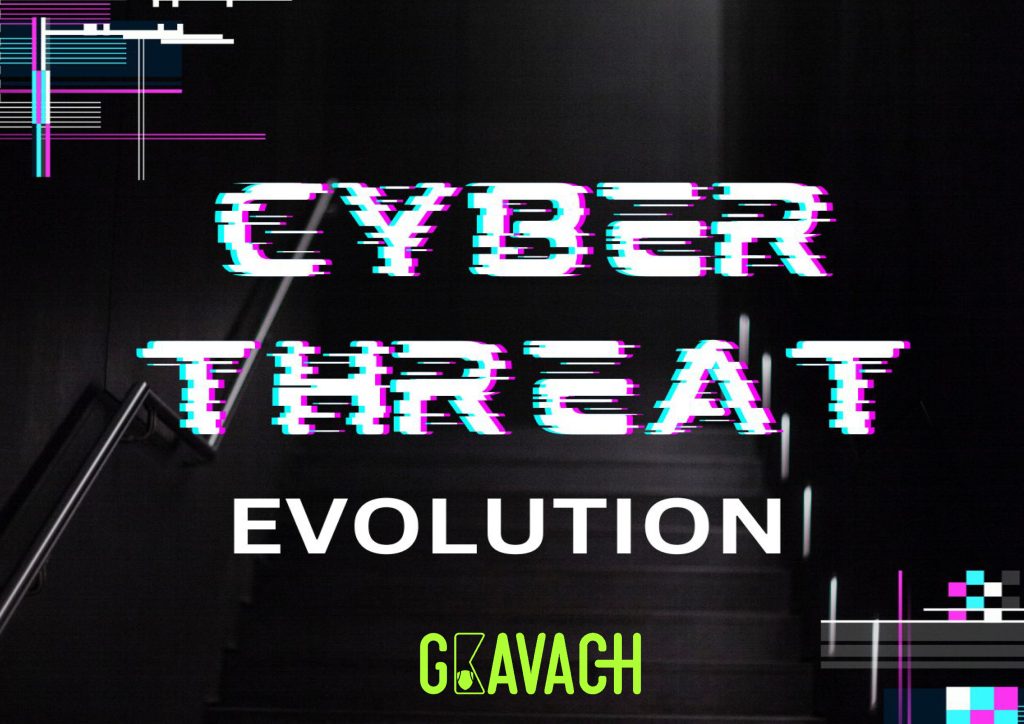The world of cyber threats has advanced into a fascinating narrative of constant innovation, a continual sport between attackers and defenders, and ever-shifting cybersecurity concerns. The threat landscape has gone through a huge transformation during the early days of hacking, necessitating steady edition and sturdy security measures.
The roots of cyber threats can be traced back to the appearance of computer systems and the exploits of early hackers who experimented with this emerging generation. At some point of this period, hacking changed into in general with interest and a preference to discover the abilities of computer systems. Security protocols were fundamental, and breaches regularly took place because of trial and mistakes.
Here is the sneak peek timeline of Cyber security:
1971: Bob Thomas, a programmer at BBN Technologies, creates the Creeper virus, which becomes the first self-replicating program.
1972: Ray Tomlinson, the inventor of email, creates the Reaper program, which is designed to delete Creeper.
1988: The Morris worm, created by Robert Morris, a Cornell University student, becomes the first widespread computer worm. It causes an estimated $6 billion in damage.
1990s: The internet becomes more widely used, and cybercrime increases. Organizations begin to develop more sophisticated security measures to protect their data and systems.
2000s: The September 11 attacks lead to increased focus on cybersecurity. Organizations and governments around the world invest heavily in cybersecurity measures.
2010s: Cybercrime becomes more sophisticated and targeted. Organizations are increasingly targeted by ransomware, which is used to encrypt data and demand ransom payments.
2020s: Cybercrime continues to evolve and become more complex. Organizations are challenged to keep up with the latest threats and protect their data and systems.
At first, the substantial adoption of the internet, cybercrime escalated in each frequency and severity. Cybercriminals focused on financial institutions, online marketplaces, and peoples’ non-public records. Identity theft, internet fraud, and phishing attempts increased, supplying new cybersecurity demanding situations.
The previous decade has witnessed the emergence of a state-of-the-art class of threats known as advanced continual Threats. Those assaults, frequently attributed to geographical regions, intention to compromise agencies via espionage, statistical theft, or sabotage. Tremendous APTs consist of the goal breach.
In recent years, ransomware has become a widespread threat. Attackers cripple individuals, groups, and even crucial infrastructure by way of encrypting statistics and demanding ransom bills for the decryption keys. The disruptive potential of those attacks is clear in several current ransomware outbreaks, which includes the Colonial Pipeline attack, NotPetya, and WannaCry.
Here are some of the key trends in cybersecurity history:
- Increased sophistication of cyberattacks: Cyberattacks have become more sophisticated and targeted over time. Attackers are now using more advanced techniques to exploit vulnerabilities and gain access to sensitive data.
- Rise of cybercrime: Cybercrime has become a major industry, with billions of dollars in losses each year. Organizations are increasingly targeted by cybercriminals, who are motivated by financial gain, espionage, or other malicious intent.
- Growing importance of cybersecurity: Cybersecurity has become increasingly important as organizations rely more and more on digital technology. Organizations are now investing heavily in cybersecurity measures to protect their data and systems.
- Need for global cooperation: Cybersecurity is a global problem that requires global cooperation to be solved. Organizations and governments around the world are working together to share information, develop new security technologies, and combat cybercrime.
To correctly counter the ever-evolving cyber threats, cybersecurity has passed through massive improvements, inclusive of:
- Conventional security measures: Antivirus software program and firewalls act as a first line of protection against viruses and intrusions adding up with the installation of SIEM for the management of the security event and incidents.
- Intrusion detection and prevention structures (IDS/IPS): constantly display network visitors for suspicious activities.
- Behavioral analytics: Identifies anomalous conduct patterns that could indicate a protection breach.
- Machine studying and artificial intelligence (AI)-powered chance detection: complements hazard detection and reaction abilities.
- Cybersecurity consciousness schooling and awareness: Empowers individuals to recognize and combat threats together with phishing assaults and many more.
